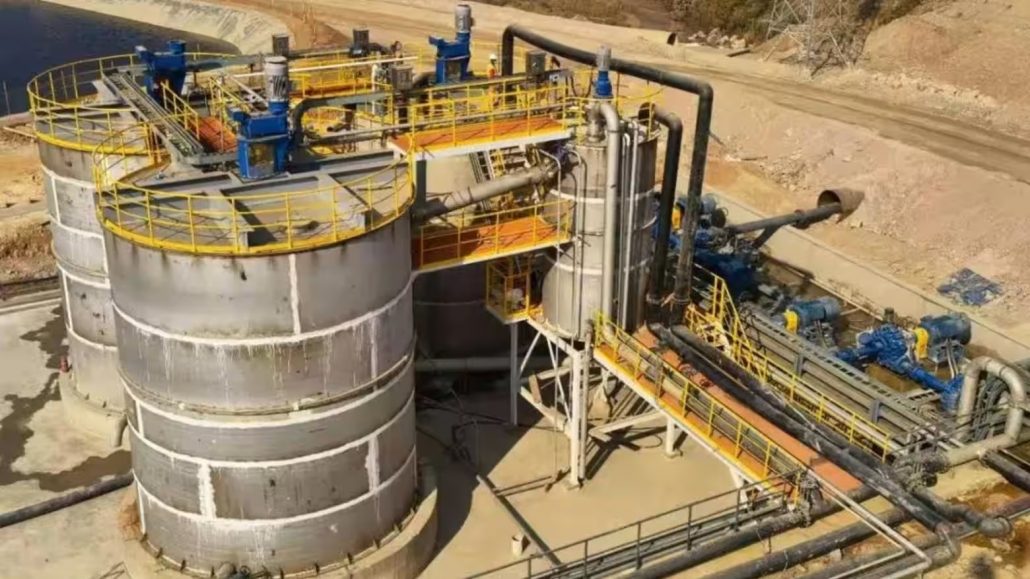
A collaborative research effort between BOKU Tulln and IMC University of Applied Sciences Krems is focusing on advancing a two-stage, environmentally friendly process for recovering rare earth elements. This process utilizes the further development of bioleaching and bioaccumulation techniques to achieve sustainable recovery.
In the bioaccumulation phase, up to 85% metal recovery rates were achieved from electronic scrap. The success of this method lies in the integration of biotechnological processes. The promising foundations of these methods, still in development, were recently published in Frontiers in Microbiology.
With the rapid increase in demand for electronics, used in a variety of devices like mobile phones, electric vehicles, and computers, the amount of waste containing rare earths has also surged. Despite their importance as raw materials, much of this waste still ends up in landfills. The EU has even classified rare earths as critical raw materials.
This has spurred intensive research into efficient recovery methods. Microbiology-based techniques like bioleaching and bioaccumulation are emerging as promising, green alternatives to conventional methods for extracting critical raw materials from electronic waste. These biotechnological methods are cost-effective, energy-efficient, and do not generate hazardous by-products.
The process relies on certain microorganisms that produce acids capable of leaching metals like iron, copper, and aluminum from electronic waste. These metals typically interfere with the subsequent absorption of valuable rare earths during bioaccumulation. BOKU Tulln and IMC Krems have been researching both methods independently for some time, and they have now combined their expertise in a promising partnership.
Training Microbes for the Job
The current study also involved other key players in the bioleaching process: various species of bacteria. For instance, Acidithiobacillus thiooxidans and Alicyclobacillus disulfidooxidans, initially collected from an acidic mining lake in the Czech Republic, were used in the bioleaching process after being cultured in the lab. These acid-loving, chemolithotrophic organisms thrive in acidic conditions and derive their energy from oxidizing inorganic compounds.
When it comes to bioaccumulation, the well-known intestinal bacterium Escherichia coli proved to be the most effective accumulator of rare earths.
A major practical challenge in recovering rare earths from e-waste is the high content of other metals, such as iron, copper, and aluminum, which interfere with the biotechnological process. To tackle this, the researchers devised an innovative solution: “training” the microbes. Using a morbidostat developed at IST-Klosterneuburg, the organisms are gradually acclimated to higher metal concentrations. However, the bioaccumulation process must be carefully managed to ensure that the organisms do not lose their ability to accumulate valuable substances.
Efficiency through Stages
Traditional methods of extracting rare earths rely on chemical processes that produce environmentally harmful by-products. In contrast, the combination of bioleaching and bioaccumulation offers clear advantages. Both processes are environmentally friendly and sustainable, and they do not generate hazardous substances at any stage.
However, further research is required to address the variability in e-waste composition. Even with changes in the concentration of interfering metals like aluminum, iron, or copper, the technology must deliver consistent and reliable results.
Researchers at BOKU and IMC Krems are exploring several strategies to achieve this consistency. One approach involves acclimating the bacteria used in bioleaching and bioaccumulation to higher concentrations of interfering metals. This is accomplished using a morbidostat system, where microorganisms are gradually exposed to increasing metal concentrations until they adapt and continue to grow.
In addition to conditioning the microorganisms, the researchers are testing systems that can reduce the concentration of interfering metals. One such material under investigation is lignin hydrogels, developed at BOKU. The combination of these strategies aims to ensure the efficiency and sustainability of the bioleaching and bioaccumulation processes, leading to a new, environmentally friendly method for recycling scarce rare earth elements.








Leave a Reply
You must be logged in to post a comment.